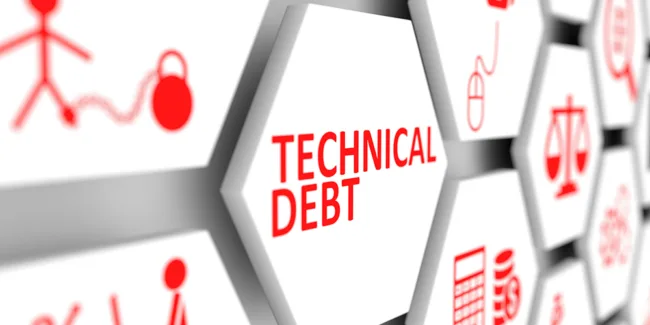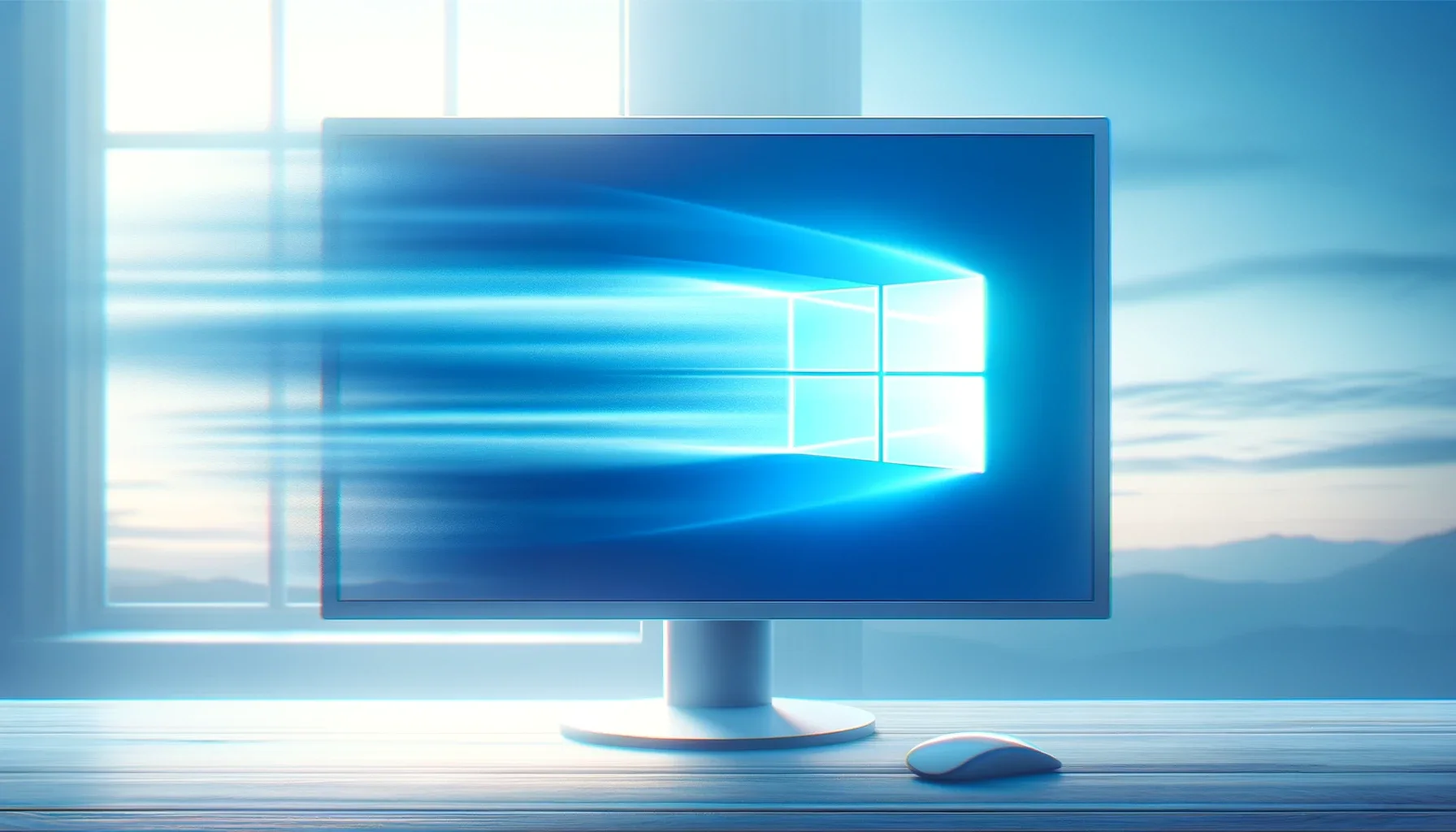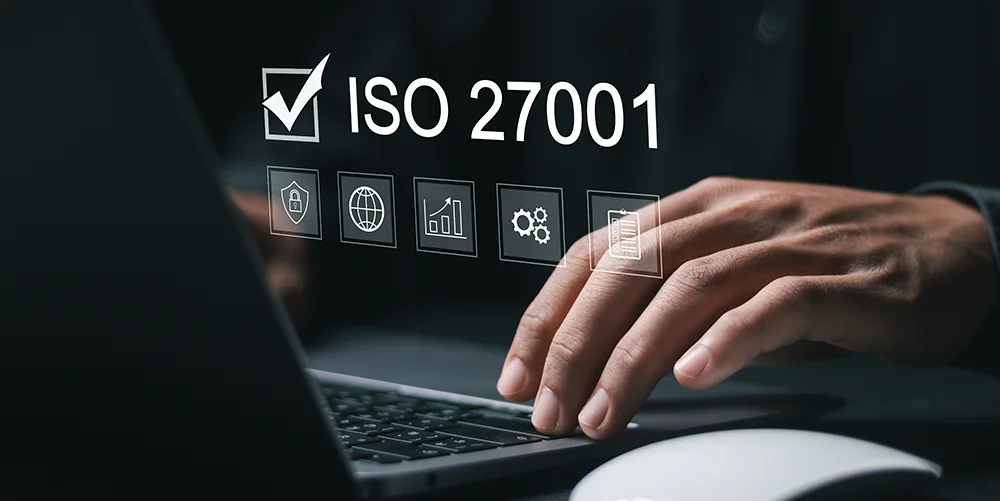The hidden cost of technical debt: Why your organisation can’t afford to ignore it

Posted on February 13, 2025 by Chris Nuttall
Technical debt is a silent burden that builds up over time, often unnoticed until it disrupts business operations. Like a high-interest credit card, shortcuts in IT; whether delaying updates, maintaining outdated systems, or ignoring security best practices, may seem manageable initially but become increasingly costly to resolve. In this blog, we explore how technical debt impacts businesses, why IT investment is crucial, and practical steps to mitigate risks of technical debt.
What is technical debt?
Technical debt occurs when organisations prioritise quick fixes over sustainable long-term solutions, leading to inefficiencies, security risks, and increased costs. This can include patching rather than permanently fixing issues, delaying system upgrades, or relying on poorly documented processes. Over time, unresolved issues compound, making them harder and more expensive to address.
How technical debt affects your organisation
Unchecked technical debt impacts the entire organisation. Outdated systems require frequent maintenance and are prone to failures, driving up IT costs. Inefficient processes slow down employees, reducing productivity and innovation. Security vulnerabilities increase the risk of breaches and compliance violations, leading to financial and reputational damage. Additionally, organisations weighed down by technical debt struggle to adopt new technologies, limiting their ability to stay competitive.
Why prioritise IT investment?

In times of economic uncertainty, cutting IT budgets might seem like an easy way to reduce costs. However, this approach is akin to ignoring a leaking roof, problems will only get worse, leading to higher repair costs later. Investing in IT is not just an expense; it is a strategic move that ensures a strong, adaptable infrastructure capable of supporting long-term business growth.
Practical steps to reduce technical debt
Addressing technical debt requires a proactive approach:
- Regular audits: Conduct regular audits of your IT systems to identify areas of technical debt. This could involve reviewing your infrastructure setup, security measures and data management practices.
- Prioritise: Not all technical debt is created equal. Prioritise addressing those that pose the most risk or hinder your business the most
- Create a repayment plan: Just like financial debt, technical debt needs a repayment plan. This could be dedicating a certain percentage of your budget to address technical debt or scheduling regular maintenance windows.
- Invest in training: Ensure your business has the necessary skills and knowledge to avoid accruing new technical debt or is able to outsource this to organisations/ individuals that can help. This could involve training in best practices, new technologies, or effective project management.
- Automate where possible: Automation can help reduce technical debt by minimising manual errors and freeing up your team’s time to focus on more strategic tasks. This could involve automating routine tasks, using configuration management tools, or adopting low code strategies.
- Update and upgrade regularly: Outdated software and hardware can quickly accrue technical debt. Regular updates and upgrades can keep your IT systems running efficiently and securely.
- Document everything: Good documentation can prevent confusion and mistakes that lead to technical debt. Ensure all processes, configurations, and changes are well-documented.
- Foster a culture of quality: Encourage a work culture that values quality over speed. While it’s important to deliver results fast, cutting corners can lead to more technical debt.
It is crucial that organisations understand the concept of technical debt and the importance of IT investment. Start by having a conversation with your IT team about the current state of technical debt in your organisation. Use tools and metrics to track and manage it. Make it a part of your regular business review process. Remember, addressing technical debt is not a one-time task, but an ongoing effort. It’s an investment in the future of your business. Don’t let the hidden cost of technical debt hold your business back. Start managing it today to unlock the full potential of your IT infrastructure and operations.
How can we help you?
We’d love to talk to you about your specific IT needs, and we’d be happy to offer a no obligation assessment of your current IT set up. Whether you are at a point of organisational change, unsure about security, or just want to sanity check your current IT arrangements, we’re here to help.







